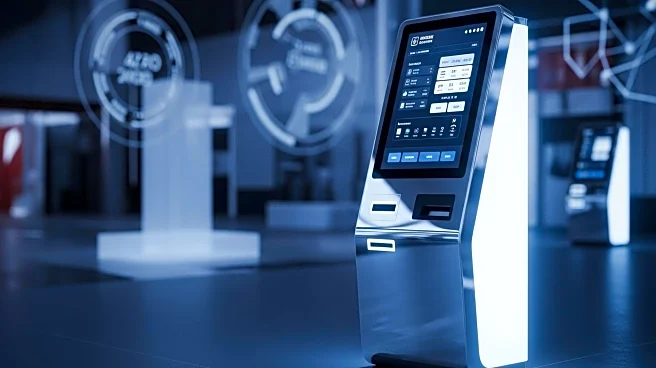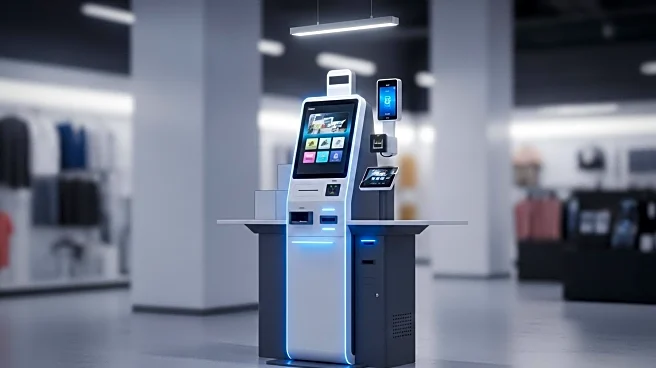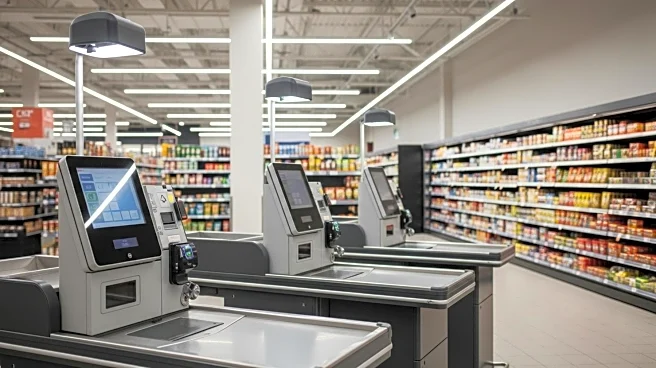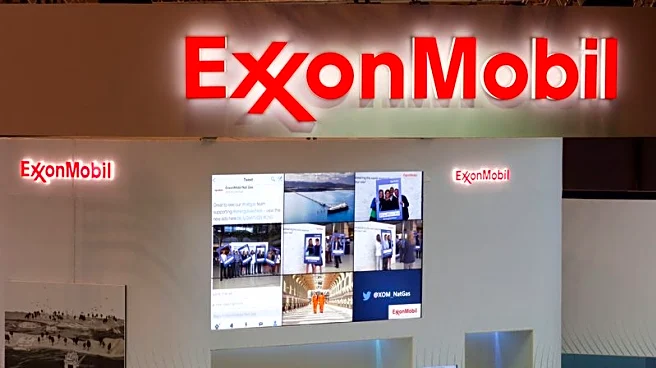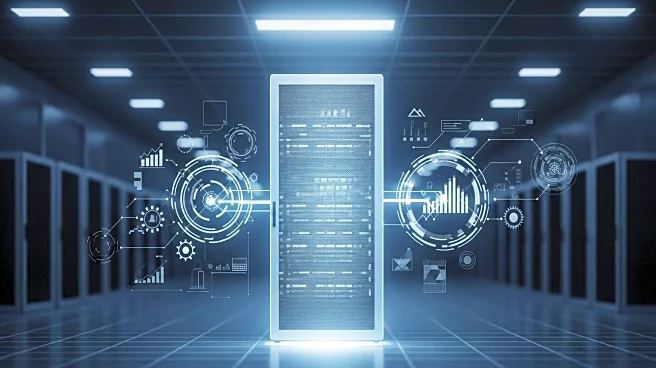What's Happening?
The global self-checkout system market is expected to grow significantly, with projections indicating an increase from USD 5,612 million in 2025 to USD 14,307 million by 2032, at a CAGR of 14.5%. Self-checkout systems are transforming the retail experience by allowing customers to scan, pay, and bag their items independently, reducing the need for traditional cashier-assisted checkouts. These systems are increasingly integrated with advanced technologies such as barcode scanning, RFID, mobile payments, and AI-driven fraud detection to streamline the shopping process and improve operational efficiency. The market's growth is primarily driven by retailers' demand for enhanced customer experience, reduced labor costs, and faster transaction processing. Supermarkets and grocery chains are leading adopters due to high-volume, repeat-purchase environments where speed and convenience are critical.
Why It's Important?
The expansion of self-checkout systems is significant for the retail industry as it addresses growing labor cost concerns and the need for retail automation. By enhancing customer convenience and reducing checkout time, these systems can improve customer satisfaction and operational efficiency. North America, particularly the United States, is a key adopter due to high consumer acceptance and substantial investment in retail automation. The integration of AI and mobile payments further increases operational efficiency, making self-checkout systems a vital component in modern retail strategies.
What's Next?
The self-checkout system market offers opportunities for growth through innovative solutions like AI-enabled checkout, frictionless payments, and cloud-based systems. Emerging markets, especially in Asia-Pacific and Latin America, present untapped potential as retailers increasingly focus on enhancing customer convenience and operational efficiency. However, high initial installation costs and maintenance expenses pose challenges, particularly for smaller retailers.
